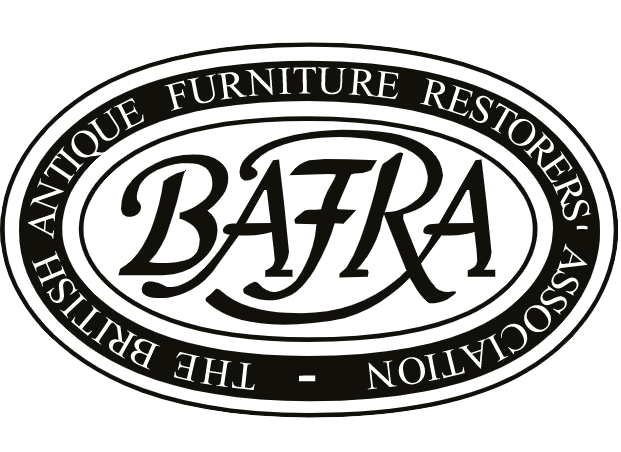
Antique Sculpture Restoration & Repair
At BAFRA, we provide access to antique sculpture restoration and repair. Every member has been rigorously assessed and vetted. Our members are all established businesses that are fully accredited and work to the highest standards and ethics.
Antique Sculpture Restorers at BAFRA
Antique sculpture restoration is the process of repairing and conserving sculptures that have historical, cultural, or artistic significance. These sculptures, often crafted from materials such as marble, wood, bronze, or plaster, are susceptible to deterioration over time due to factors like environmental exposure, physical damage, and ageing materials. Restoring antique sculptures requires a deep understanding of both the materials and techniques used in their creation, as well as modern conservation practices.
Restoration aims to stabilise the sculpture’s structure, repair visible damage, and, where necessary, recreate missing or deteriorated elements in a way that respects the original craftsmanship. Each restoration project is unique and begins with a thorough assessment of the sculpture’s condition, followed by a tailored treatment plan. Professional conservators at BAFRA utilise specialised tools and methods to carefully clean, consolidate, and repair the piece, ensuring any interventions are reversible and minimally invasive.
By preserving antique sculptures, restoration helps maintain their historical and aesthetic value, allowing future generations to appreciate their beauty and significance. Whether restoring a classical marble bust or a delicate wooden religious figure, antique sculpture restoration plays a critical role in safeguarding cultural heritage, ensuring these works of art continue to inspire and educate for years to come.
Antique Sculpture Restoration FAQs
What is antique sculpture restoration?
Antique sculpture restoration is the process of conserving and repairing sculptures with historical, artistic, or cultural significance. This involves stabilising the sculpture’s structure, repairing damage, and, when needed, recreating missing elements. BAFRA restorers use specialised, non-invasive techniques to ensure that the piece retains its original craftsmanship and aesthetic integrity. The goal of restoration is to preserve the sculpture’s authenticity while preventing further deterioration, allowing it to be appreciated by future generations as part of our cultural heritage.
What types of materials can be restored?
A variety of materials used in antique sculptures can be restored, including marble, wood, bronze, plaster, terracotta, and stone. Each material requires specific techniques and treatments to ensure proper conservation. For example, marble and stone may need careful cleaning and consolidation, while wood sculptures often require protection from insect damage or rot. Bronze may need corrosion removal and surface stabilisation. Professional restorers at BAFRA are skilled in handling these diverse materials, preserving their integrity and historical significance.
How is the authenticity of the sculpture preserved during restoration?
The authenticity of an antique sculpture is preserved during restoration by using non-invasive, reversible techniques that respect the original craftsmanship. BAFRA restorers carefully match the materials and methods to those originally used, ensuring any repairs blend seamlessly with the piece's historical context. Reversible processes allow for future adjustments if needed, maintaining the integrity of the sculpture. This approach ensures that the restoration honours the sculpture’s original design while extending its life for future generations to appreciate.
How long does antique sculpture restoration take?
The time required for antique sculpture restoration varies based on the sculpture’s size, material, and the extent of damage. Simple cleaning or minor repairs may take a few weeks, while more complex restorations involving significant damage or missing elements can take several months. Each restoration is unique, and our professional restorers will begin with a detailed assessment of the sculpture’s condition to create a tailored treatment plan, providing a more accurate estimate of the project’s duration based on its specific needs.
Can all damage be fully repaired?
Not all damage to antique sculptures can be fully repaired, especially when significant material loss or severe deterioration is involved. However, professional restorers aim to stabilise the sculpture, prevent further decay, and repair as much damage as possible. In some cases, partial restoration may be preferred to maintain the piece’s historical authenticity. While certain imperfections may remain, the goal is to preserve the sculpture’s structural integrity and aesthetic value, ensuring its continued appreciation and longevity.
Why choose a BAFRA-accredited member to restore antique sculptures?
Choosing a BAFRA-accredited member for antique sculpture restoration ensures that your piece is in the hands of a skilled professional who adheres to the highest standards of craftsmanship and ethical practice. BAFRA-accredited restorers are trained to use non-invasive, reversible techniques that preserve the sculpture’s authenticity. They are committed to maintaining the cultural and historical value of the artwork while employing the latest conservation methods, ensuring your antique sculpture is restored with precision, care, and respect.
Find BAFRA Accredited Antique Sculpture Restoration & Repair Specialists
All accredited, full members are required to have at least five years as a conservation-restoration professional (the average member today has 23 years experience) and pass an exacting assessment on their skills, knowledge and business credentials. Our members acknowledge the importance of continuous professional development to keep abreast of advances in knowledge, skills and technical developments in antique sculpture restoration and repair.
Find BAFRA accredited antique sculpture restoration specialists near you by clicking the button below and entering your postcode.

